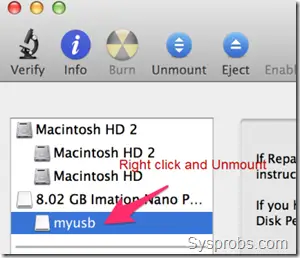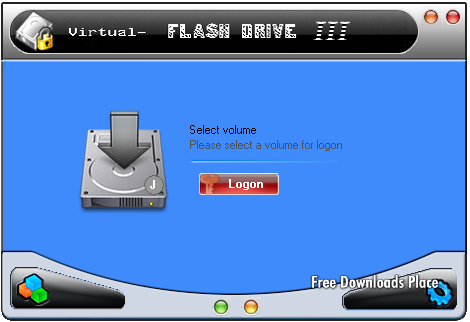


You need to modify some permissions also. Unfortunately, if you attach the file to VirtualBox and then try to boot, it will show some access denied errors. Now the VMDK file has been successfully created.Now, provide the password of super user to accomplish the task. / dev/disk2s2 is the USB drive path that was obtained from the mount command earlier.The required VMDK file will be located in /Users/Dinesh/Documents/ myusbdrive.“sudo VBoxManage internalcommands createrawvmdk -filename /Users/Dinesh/Documents/myusbdrive.vmdk -rawdisk /dev/disk2s2” Now, type the following command in terminal in order to create VMDK file of the USB disk.You need to right-click on the USB partition and then select ‘Unmount USB name’.

The next command will not function without unmounting the USB disk partition. Now go to the disk utility using path Go->Utilities->Disk Utility and then unmount the partition of USB disk.Note it down since we will be using it later on. It will be used in commands of the MAC OS X terminal. You need to attach the bootable USB disk and then locate the disk path.Steps to Boot a Virtual Machine in VirtualBox from USB with MAC OS X host This article shows how to boot a virtual machine from USB on VirtualBox with MAC OS X host, Mavericks OS and Mac Pro laptop.įor this purpose, we first need to make a VMDK file based on the attached portable flash drive and then mount the VMDK as virtual machine’s first bootable disk and then boot it. Even the famous VMware and VirtualBox don’t provide this functionality. You may sometimes require booting a virtual machine from USB to perform this action, but you are limited by the functionality of desktop virtualization software. Most of the desktop virtualization software don’t support installing a guest operating system on VirtualBox ↱ as a built-in feature yet. How to Boot a Virtual Machine from USB in VirtualBox (Guide)


 0 kommentar(er)
0 kommentar(er)
